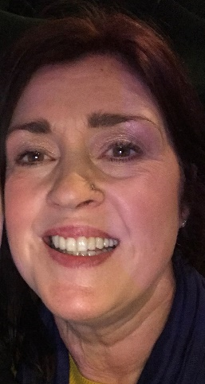References
Annelsey SH (2019) Current thinking on caring for patients with a wound: a practical approach. British Journal of Nursing 28: 5
Department of Health (2011) End of life care strategy: Third Annual Report. Department of Health, London
Egydio F, Tomimora J, Tufik S, Andersen ML (2011) Does sleep deprivation and morphine influence wound healing? Medical Hypotheses 77: 353–5
Maida V, Ennis M, Corban J (2012) Wound outcomes in patients with advanced illnesses. International Wound Journal 683–91
National Institute for Health and Care Excellence (NICE) (2011, last updated 2017). End of life care for adults. NICE, London
Nursing and Midwifery Council (2018). Code: professional standards of practice and behaviour for nurses, midwives and nursing associates. NMC, London
Ripley K (2006) Nutrition in pressure ulcer management. Primary Health Care 16(9): 41–7
Schofield P (2014) Expert commentary. Journal of Community Nursing 28(3): 62
Scott H (2010) The importance of therapeutic relationships at the end of life.cEnd of Life Journal. 4: 6
Department of Health (2011) End of life care strategy: Third Annual Report. Department of Health, London
Egydio F, Tomimora J, Tufik S, Andersen ML (2011) Does sleep deprivation and morphine influence wound healing? Medical Hypotheses 77: 353–5
Maida V, Ennis M, Corban J (2012) Wound outcomes in patients with advanced illnesses. International Wound Journal 683–91
National Institute for Health and Care Excellence (NICE) (2011, last updated 2017). End of life care for adults. NICE, London
Nursing and Midwifery Council (2018). Code: professional standards of practice and behaviour for nurses, midwives and nursing associates. NMC, London
Ripley K (2006) Nutrition in pressure ulcer management. Primary Health Care 16(9): 41–7
Schofield P (2014) Expert commentary. Journal of Community Nursing 28(3): 62
Scott H (2010) The importance of therapeutic relationships at the end of life.cEnd of Life Journal. 4: 6



